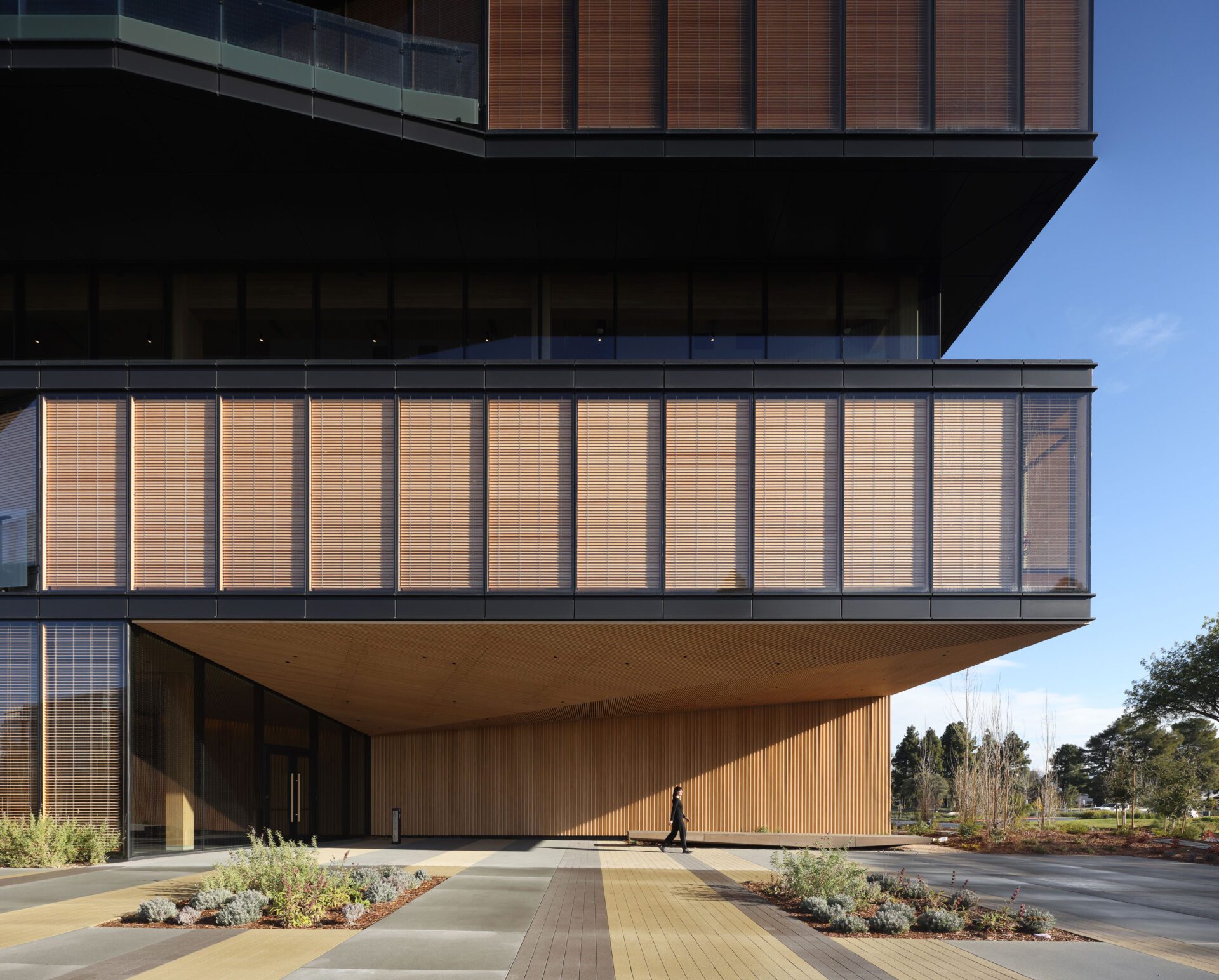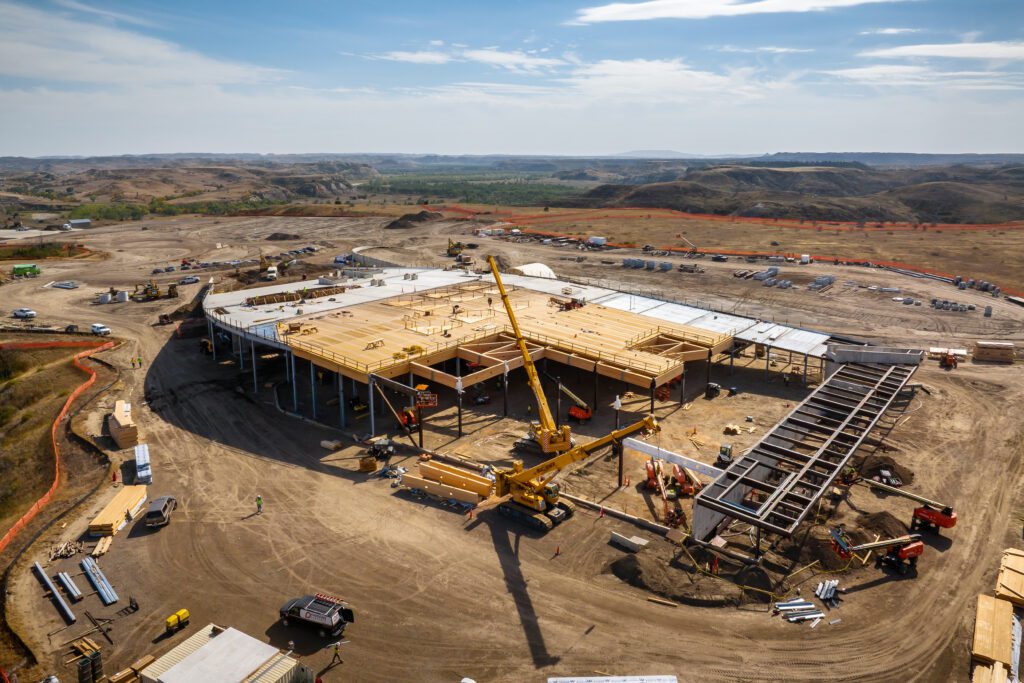Contrary to its name, the Stone Age wasn’t just about stone. The epoch also known as the Neolithic Period also ushered in some of the first structures ever created from wood.
by Jeffrey Steele , Forbes
The scientific study of those ancient buildings reveals wood as a building material has been around more than 100 centuries. Still, it’s only been in very recent years that technological advances have enabled wood to represent a key structural element in an array of modern structures, from single-story libraries to high-rise multifamily buildings soaring dozens of stories into the sky.
Mass timber – a type of engineered wood product created by bonding multiple layers of wood together — is drawing increased interest from developers, the construction industry and environmentalists. A lower carbon footprint than traditional concrete and steel, fire safety and strength and durability are all adding to that excitement.
A study by the Environmental and Engineering Study Institute found building with mass timber rather than concrete and steel could slash emissions associated with building materials by 13% to 26.5%. Mercer International has calculated that with a steady projected growth rate of 6% from 2022-31, the global mass timber construction market valued at $857 million in 2021 should reach $1.5 billion by 2031.
“In today’s era of construction, it’s not just about choosing one material over another but rather about embracing the innovative opportunities we have across the board,” said Nick Milestone, vice-president of projects and construction for Mercer Mass Timber, a company pioneering advancement of wood technology to help redefine the North American construction landscape.
“By blending materials for hybrid solutions, like mass timber and steel, we can leverage the best of both worlds. Automation and offsite fabrication push the boundaries of what we once knew as possible. The speed and precision we achieve using these methods reshape how we think about large-scale projects, making them more efficient, sustainable and future-ready.”

